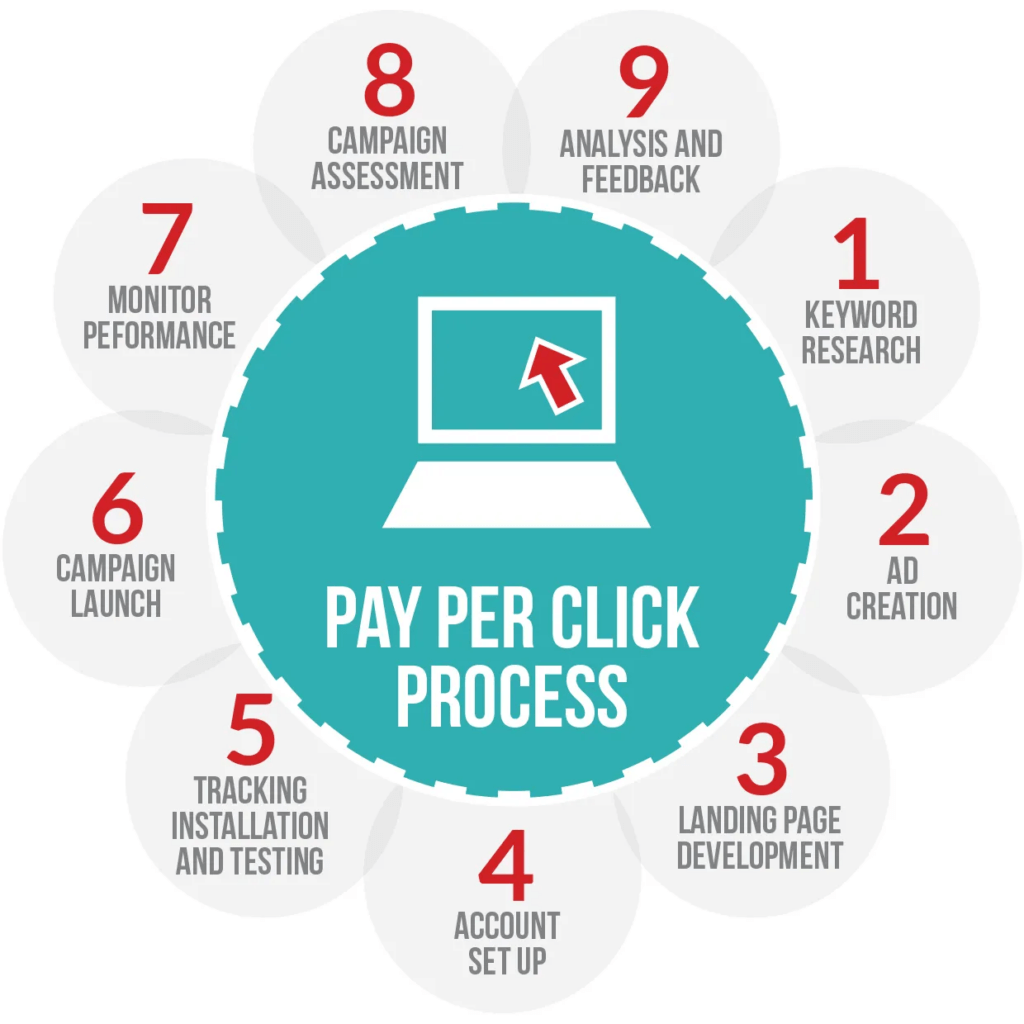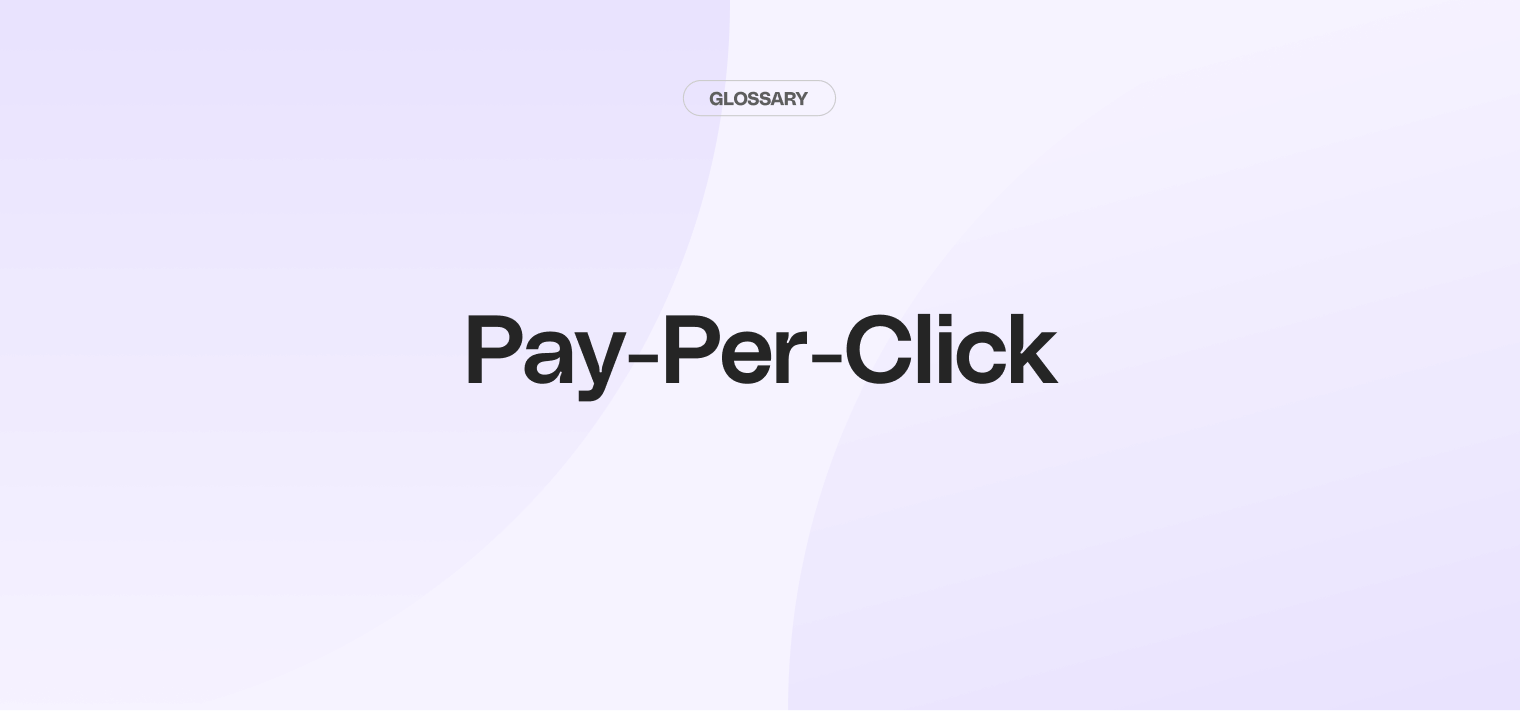Pay-Per-Click (PPC) is a vital component of growth marketing, a strategy that focuses on driving business expansion through customer acquisition, retention, and revenue generation. This article will delve into the intricacies of PPC, its role in growth marketing, and how businesses can leverage this tool to maximize their growth potential.
PPC is a model of Internet marketing where advertisers pay a fee each time one of their ads is clicked. Essentially, it's a way of buying visits to your site, rather than attempting to "earn" those visits organically. PPC is closely tied to search engine marketing (SEM), as most PPC ads appear on search engines like Google and Bing.
| Key Element | Description | Tips for Success |
|---|---|---|
| Understanding PPC | PPC is an internet marketing model where advertisers pay for each click on their ads, primarily on search engines like Google and Bing. | Master the basics of PPC to utilize it effectively for business growth. |
| Types of PPC Ads | PPC ads include search, display, and shopping ads, each targeting users differently based on search queries and browsing history. | Choose the right type of PPC ad based on business objectives and target audience. |
| PPC Mechanics | PPC works on a bidding system where advertisers bid for keywords, and ads are displayed based on relevance and bid amount. | Optimize bids and ad relevance to maximize ROI. |
| Role in Growth Marketing | PPC is crucial for driving traffic, leads, sales, and revenue through targeted advertising and cost-effective strategies. | Integrate PPC into growth marketing strategies for scalable and measurable results. |
| Best Practices | Effective PPC strategies involve thorough keyword research, compelling ad creation, landing page optimization, and performance tracking. | Implement best practices to improve PPC campaign performance and achieve growth objectives. |
Understanding Pay-Per-Click
Before diving into the specifics of PPC, it's essential to understand what it is and how it works.
PPC is a digital marketing strategy that allows businesses to pay for their website to appear in the 'sponsored' results of search engines. The name 'Pay-Per-Click' comes from the fact that businesses only pay when a user actually clicks on their ad.
PPC can be a highly cost-effective way to drive traffic to your website, as it allows you to target specific demographics, locations, and times of day. This means that your ads are only shown to people who are likely to be interested in your product or service, increasing the chances of them clicking on your ad and visiting your website.
Types of ads
There are several types of PPC ads, each with its own strengths and weaknesses. The most common type is the search ad, which appears on search engine results pages. These ads are text-based and target based on the user's search query.
Display ads, on the other hand, appear on websites that are part of a search engine's network. These ads can be text, image, or video-based. They target based on the user's browsing history and interests. Shopping ads are a type of PPC ad that allows e-commerce businesses to advertise their products directly in the search results, complete with product images and prices.

(Source: Tribute Media)
How it works
PPC works on a bidding system. Advertisers select keywords related to their business and set a maximum bid - the most they are willing to pay for a click. When a user searches for a keyword, the search engine's algorithm determines which ads to display based on the relevance of the ad and the advertiser's bid.
If the user clicks on the ad, the advertiser is charged the amount of their bid. However, the next highest bid determines the actual cost of the click - the cost-per-click (CPC). This means that an advertiser may end up paying less than their maximum bid for a click.

(Source: PJM Consulting)
Role in growth marketing
PPC plays a crucial role in growth marketing as it is a scalable and measurable way to drive traffic, leads, and sales. By paying only for clicks, businesses can control their advertising costs and ensure that they are effectively using their budget.
Moreover, PPC allows businesses to reach their target audience at the right time with the right message. By targeting specific keywords, demographics, and locations, businesses can ensure that their ads are being seen by potential customers who are likely to be interested in their products or services.
Driving traffic and leads
One of the primary roles of PPC in growth marketing is to drive traffic and leads. By appearing at the top of the search results, PPC ads can increase visibility and attract more visitors to your website. These visitors can then be converted into leads through forms, subscriptions, or other conversion methods.
Moreover, PPC can target users at different stages of the buying cycle. By using different keywords and ad copy, businesses can attract users who are in the research phase, the consideration phase, or the decision phase, increasing the chances of conversion.
Increasing sales and revenue
PPC can also play a significant role in increasing sales and revenue. By targeting high-intent keywords - keywords that indicate a strong intention to purchase - businesses can attract users who are ready to buy. These users are more likely to convert, leading to increased sales and revenue.
Furthermore, PPC can retarget users who have visited your website but did not convert. By showing these users ads that remind them of their interest in your product or service, businesses can increase the chances of these users returning to their website and making a purchase.

Best practices for PPC growth marketing
To maximize the effectiveness of PPC in growth marketing, there are several best practices that businesses should follow. These include keyword research, ad creation, landing page optimization, and performance tracking.
Keyword research is the process of finding and analyzing the keywords that potential customers use when searching for your products or services. By targeting these keywords in your PPC campaigns, you can ensure that your ads are being shown to the right audience.
Ad creation
Ad creation involves writing compelling ad copy and designing attractive ad visuals. The goal is to create ads that stand out from the competition and entice users to click. This involves understanding your audience's needs and wants and highlighting the benefits of your product or service.
Moreover, it's important to include a clear call-to-action (CTA) in your ads. This tells users what action they should take after clicking on your ad, whether it's to buy now, sign up, or learn more.

Landing page optimization
Landing page optimization involves improving the design and content of your landing pages to increase conversion rates. This includes making your landing pages mobile-friendly, reducing page load times, and using clear and concise messaging.
Moreover, it's important to align your landing page with your ad. If your ad promises a free trial, for example, your landing page should deliver on that promise. This consistency can increase trust and improve conversion rates.
Performance tracking
Performance tracking involves monitoring and analyzing the results of your PPC campaigns to identify areas for improvement. This includes tracking metrics like click-through rate (CTR), conversion rate, and return on ad spend (ROAS).
By tracking these metrics, businesses can identify which ads, keywords, and landing pages are performing well and which ones need improvement. This allows businesses to continuously optimize their PPC campaigns and maximize their growth potential.
Conclusion
Pay-Per-Click is a powerful tool in growth marketing, offering businesses a cost-effective way to drive traffic, leads, and sales. By understanding how PPC works and following best practices, businesses can leverage this tool to achieve their growth objectives.
However, like any marketing strategy, PPC requires careful planning, execution, and monitoring. Businesses should invest time and resources into their campaigns to ensure their success. With the right approach, PPC can be a significant driver of growth for any business.
Unlock explosive growth with Cello
Ready to transform your users into a dynamic growth engine? Cello is your key to unlocking a peer-to-peer referral program that integrates seamlessly with your SaaS product. Experience the thrill of viral growth with minimal development time and immediate payback. With Cello, you can enjoy a 14% average conversion rate from free to paid users and a 12% annual user-to-customer conversion rate. Don't just take our word for it; see how Cello can elevate your growth marketing strategy. Book a demo today and witness the power of user-led growth in action.
Resources
Related Articles

Complete Guide to your B2B Referral Program
Want to get started with B2B referrals? Check out our complete guide to your B2B referral ...

Best Referral Software for SaaS with Chargebee Integration: The Definitive Guide to Revenue Attribution
The Strategic Convergence of Billing and User-Led Growth In the contemporary landscape of B2B ...

